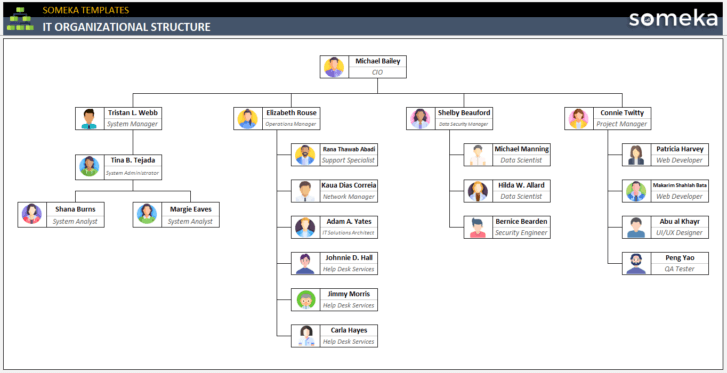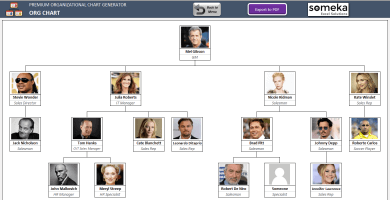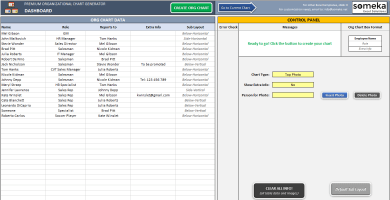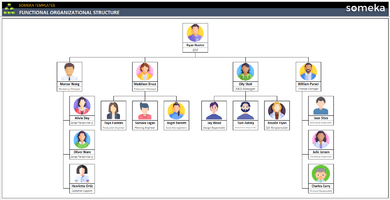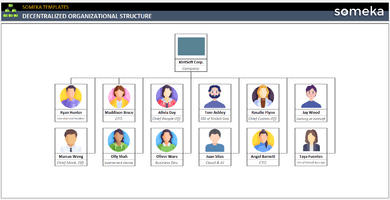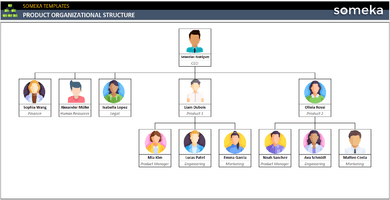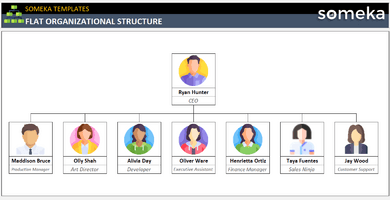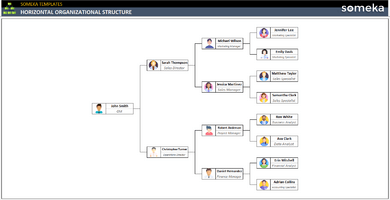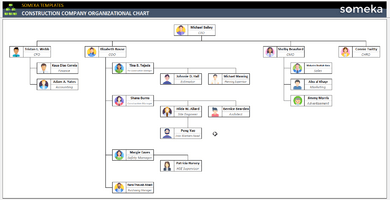IT departments or IT companies are responsible of information technology systems of the business. The key roles of an IT organizational structure are to implement and maintain IT systems, provide technical assistance, organize data systems, install automation process, execute or support technological procurement, and other technology and information related issues in a company.
Among the key roles in an IT department, we can underline c-levels such as CTO, CIO, CISO and senior managers like IT managers or network managers. Besides, there are key experts such as developers, designers, IT analysts, QA testers, data scientists, and security engineers on the IT organizational structure.
The IT organizational structure plays a crucial role in managing and organizing the technology functions within a company. It defines the hierarchy, roles, and responsibilities within the IT department to ensure efficient operations and effective utilization of resources.
In an IT organizational structure, there are various positions and departments that collaborate to support the company’s technology needs. These may include IT management, network administration, systems analysis, software development, cybersecurity, and technical support. Each department has its specific functions and responsibilities, contributing to the overall IT infrastructure.
One of the key benefits of an IT organizational structure is improved communication and coordination among team members. The hierarchical arrangement allows for clear reporting lines, ensuring that tasks and projects are effectively delegated and managed. It also promotes specialization, where employees focus on specific areas of expertise, enhancing productivity and efficiency.
However, IT organizational structures may face challenges such as the need for continuous adaptation to technological advancements, ensuring cybersecurity, and maintaining alignment with business goals. Flexibility and agility are crucial in responding to evolving technology trends and industry requirements.
At Someka, we provide an editable IT organizational structure template that helps you visualize and plan your IT department. Our template offers a detailed overview of roles and responsibilities, reporting relationships, and the departmental structure. You can customize the template to meet your organization’s specific needs. Additionally, you can make informed decisions about resource allocation and workflow optimization.
Key Features of our IT Organizational Structure Template:
- Clear depiction of reporting relationships and hierarchies
- Departmental breakdown and roles/responsibilities overview
- Easy customization of names, positions, and departments
- Visual representation for better understanding and communication
These IT organizational structure formats are available in Excel, Google Sheets and PDF formats.
